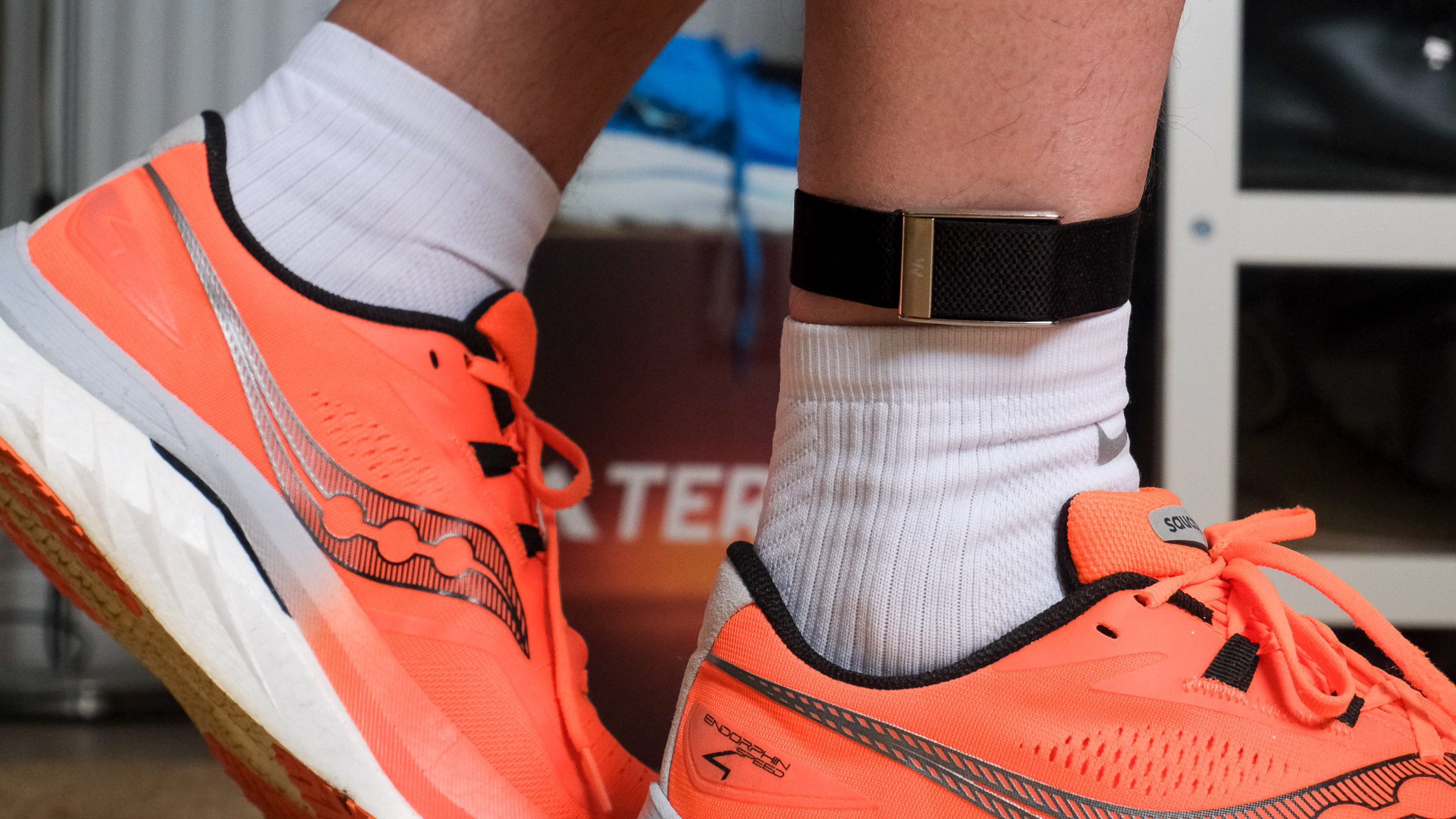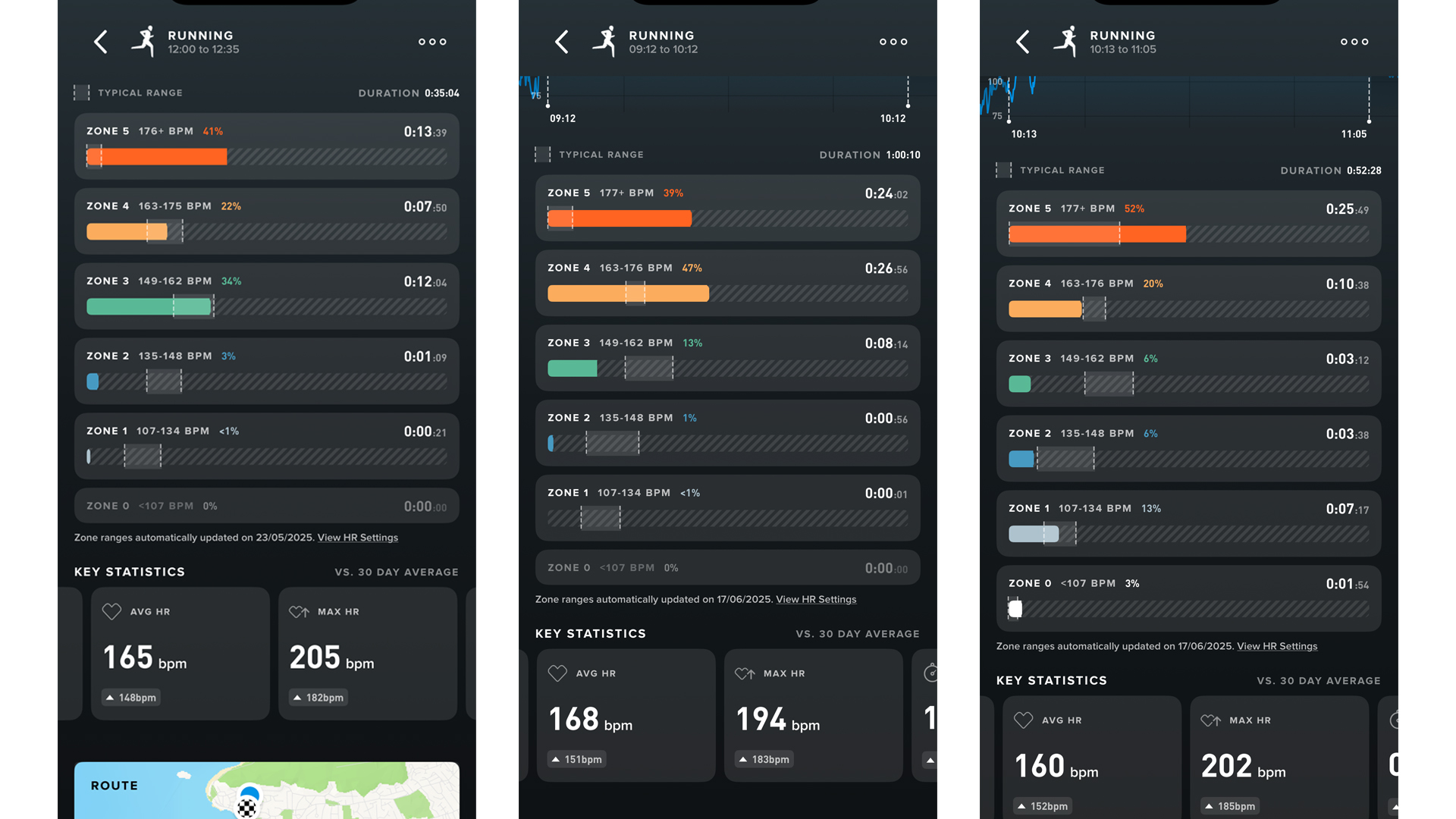I wore my Whoop on my ankle for a week. Don’t make the same mistake
It all looked fine until I started tracking my workouts


I recently wrapped up testing the Whoop MG, the brand’s latest and greatest hardware, and even though I had a few minor quibbles with it, I got pretty hooked on the Lifespan estimation feature. This gives you your so-called ‘Whoop age’, a number that reflects your physiological age based on recovery data, strain, and sleep.
My initial Whoop age matched my biological age. It could’ve been worse – I’ve seen reports of users with Whoop ages a decade older than their actual age – but I knew I just needed to feed the algorithm more data until it realised how youthful I actually was. After all, I spent most of the first three weeks of testing flying back and forth to Kansas to see Garmin, and life had been hectic.
Determined to prove to Whoop that I’m in better shape than it thought, I kept wearing the tracker for a week after the review wrapped up. Not surprisingly, my Whoop age dropped sharply: I shaved off two and a half years and even managed to slow my pace of ageing from 0.0 to -0.1.
Effectively, I was being and getting younger at the same time!
Naturally, I wanted to keep the streak going. I always feel more energised when I’m not travelling and can focus on training and recovery, and now it was showing in the data, too. But I had a problem: I had new smartwatches to test and only two wrists to wear them on. Enter the Garmin Forerunner 970 and the Polar Grit X2, which meant the Whoop MG had to come off.
No strap? No problem (sort of)
Of course, one of the perks of Whoop is that it doesn’t have to live on your wrist. The company sells apparel and accessories that let you attach the sensor to your upper arm, torso, or hip. The problem is, the new Whoop MG (and the 5.0) doesn’t work with older Whoop 4.0 apparel, and the brand hasn’t launched compatible accessories yet.
What’s left to do? The only other place I could think of that might work with the regular wrist strap was my ankle. Whoop doesn’t recommend tracking on your ankles – it says so pretty clearly – but a quick internet search revealed plenty of people doing exactly that. Anecdotally, it seemed to work just fine. That was good enough for me.
Get all the latest news, reviews, deals and buying guides on gorgeous tech, home and active products from the T3 experts
So I strapped the Whoop MG to my ankle and waited to see what would happen. The first night went brilliantly. My stats looked solid and consistent with my usual data. The sensor picked up my sleep and wake times accurately. It seemed the ankle placement was working well for day-to-day tracking.
All seemed tickety-boo, so I decided to go for a run on day two. To give the algorithm a fighting chance, I recorded the workout manually in the app rather than relying on automatic recognition (which usually works fine for running, in my experience). After the session, I eagerly checked my stats, and that’s when I started questioning the ankle decision.
The numbers don’t lie, but they can be wildly off
The inaccuracies were clearest in my maximum heart rate. I’m 41, so using the classic 220-minus-your-age formula, my estimated max heart rate should be around 180. My Garmin typically tracks it around 184–185. The ankle-equipped Whoop MG, on the other hand, claimed I hit 205 during my first run and 195 on my second. That’s well outside the expected range and much higher than what the Whoop previously recorded.

Even my average heart rate was off; unusually high at around 165–168 bpm, despite these being moderate-effort sessions. Typically, I’d expect my average HR to land around 140–145. Even more strangely, the Whoop said I spent zero minutes in Zone 1 (107–134 bpm), which seems impossible unless you start your runs at a sprint and never slow down.
I went on three, maybe four runs that week, and they all showed the same issues. The problem is that these inflated numbers skew Whoop’s algorithm. It starts assuming that you can recover from very high heart rate efforts quickly, which then throws off strain calculations, recovery suggestions, and overall progress tracking. In short, it breaks the system.
So long for now, Whoop
So, for now, I’ll have to retire the Whoop MG, at least until I get hold of a bicep band or some Whoop Body underwear. A shame, really, because I’m sure I could’ve pushed my Whoop age even lower. I’ll just have to be patient. Whoop, if you’re reading this, please hurry up and release new bands for the MG. Many thanks, Matt.

Matt Kollat is a journalist and content creator who works for T3.com and its magazine counterpart as an Active Editor. His areas of expertise include wearables, drones, fitness equipment, nutrition and outdoor gear. He joined T3 in 2019. His byline appears in several publications, including Techradar and Fit&Well, and more. Matt also collaborated with other content creators (e.g. Garage Gym Reviews) and judged many awards, such as the European Specialist Sports Nutrition Alliance's ESSNawards. When he isn't working out, running or cycling, you'll find him roaming the countryside and trying out new podcasting and content creation equipment.
You must confirm your public display name before commenting
Please logout and then login again, you will then be prompted to enter your display name.